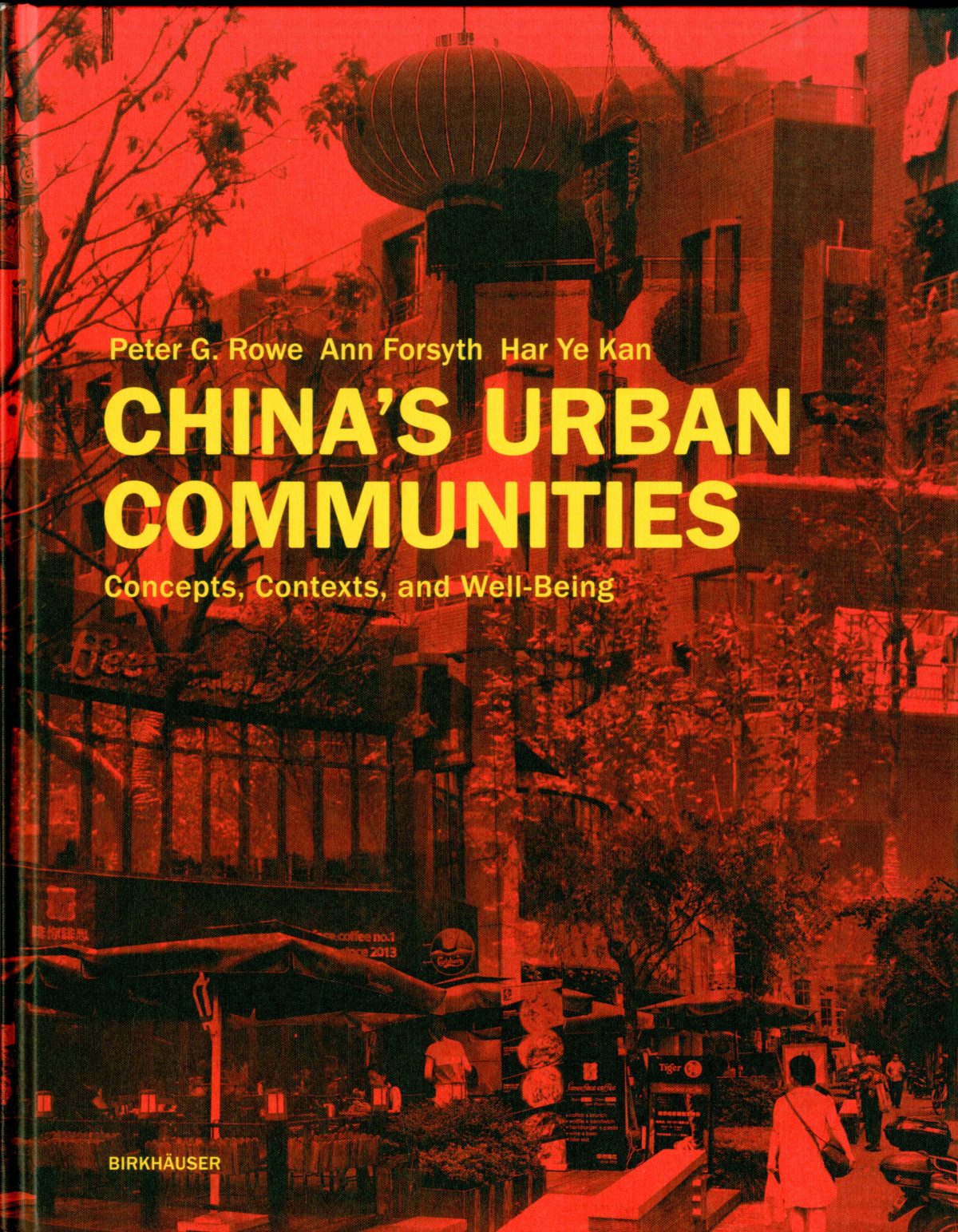China’s Urban Communities: Concepts, Contexts and Well-Being

Photograph of “China’s Urban Communities: Concepts, Contexts and Well-Being
Authors: Peter G. Rowe; Ann Forsyth and Har Ye Kan
Birkhauser, 2016.
Cities in China are both dynamic and under substantial pressure to grow, transform and adapt. But in which direction, on what bases, and why? China’s Urban Communities explores the intensive transformation processes of 25 communities that were developed and redeveloped in Beijing, Shanghai, Shenzhen and Suzhou during the last 30 years. These range from inner-city neighborhoods to large-scale residential districts in peripheral areas, as well as from the homes of higher-income to lower-income households. Combining detailed examinations of architectural, urban design, planning and ambient environmental considerations, alongside of extensive interviews, the book examines the physical conformation of these communities and outcomes in resident satisfaction and well-being.
Following an introduction, concepts of community in China are introduced from antiquity to the present day before discussion moves on to an examination of urban types and projects including housing. The relative health and well-being in residential districts is then presented in a fourth chapter based on field surveys followed by discussion of various approaches for improving community design in China. Several extensive appendices present data pertaining to ambient environmental conditions, walkability, and locational characteristics of projects discussed in the book.